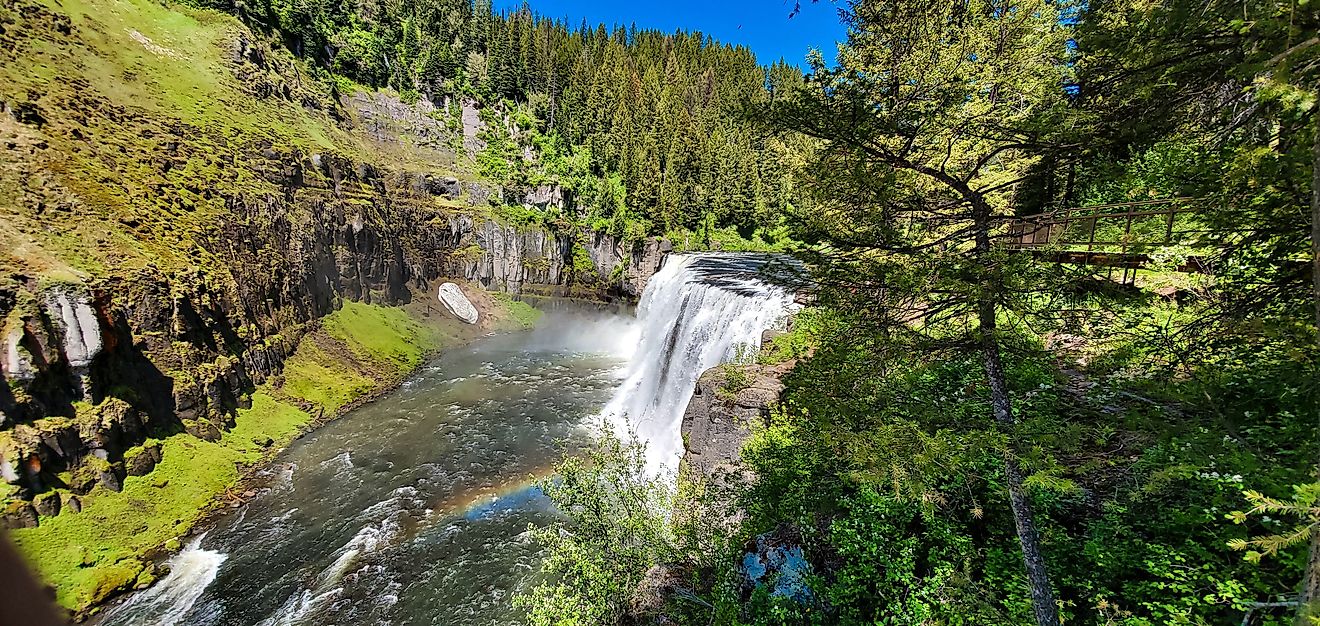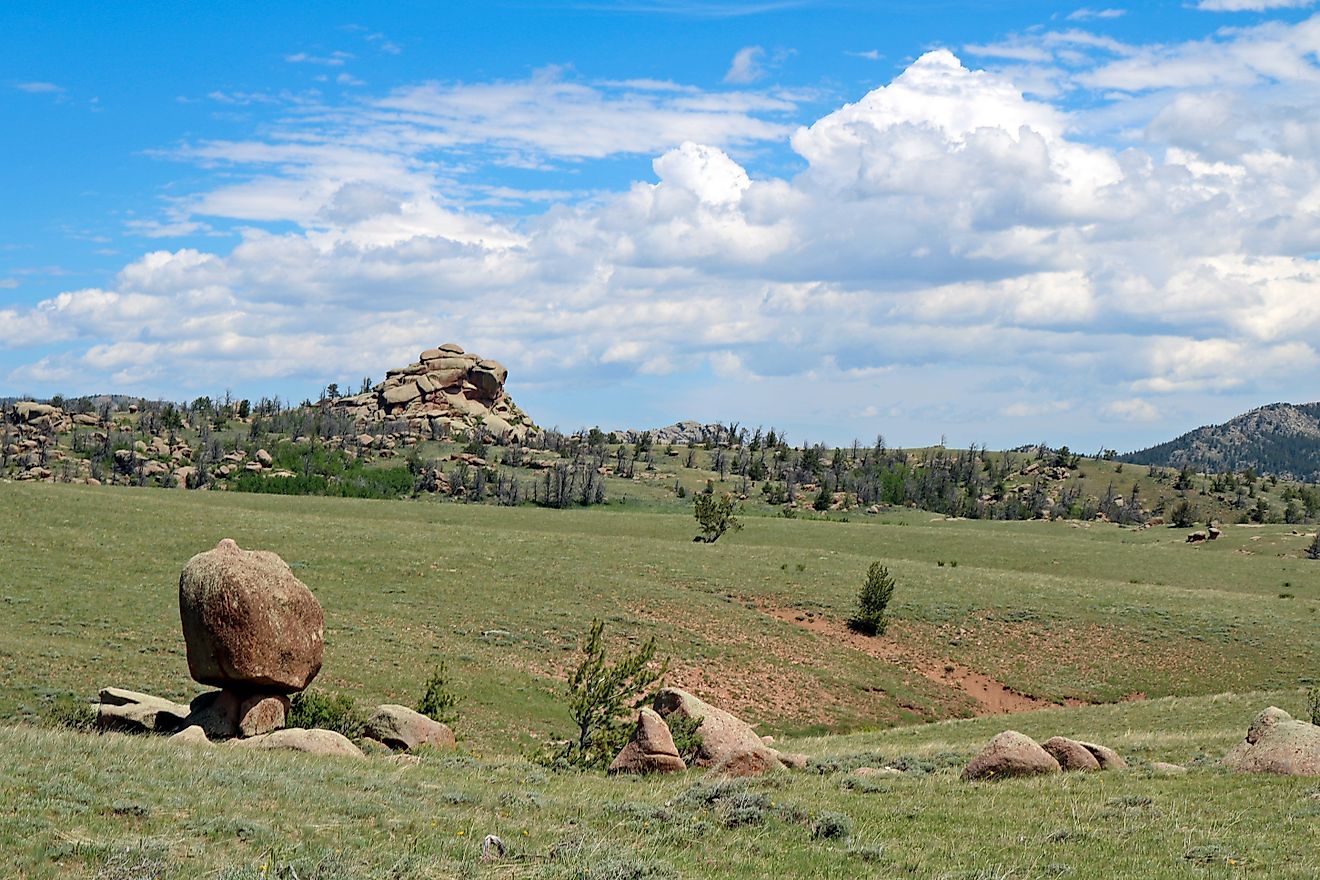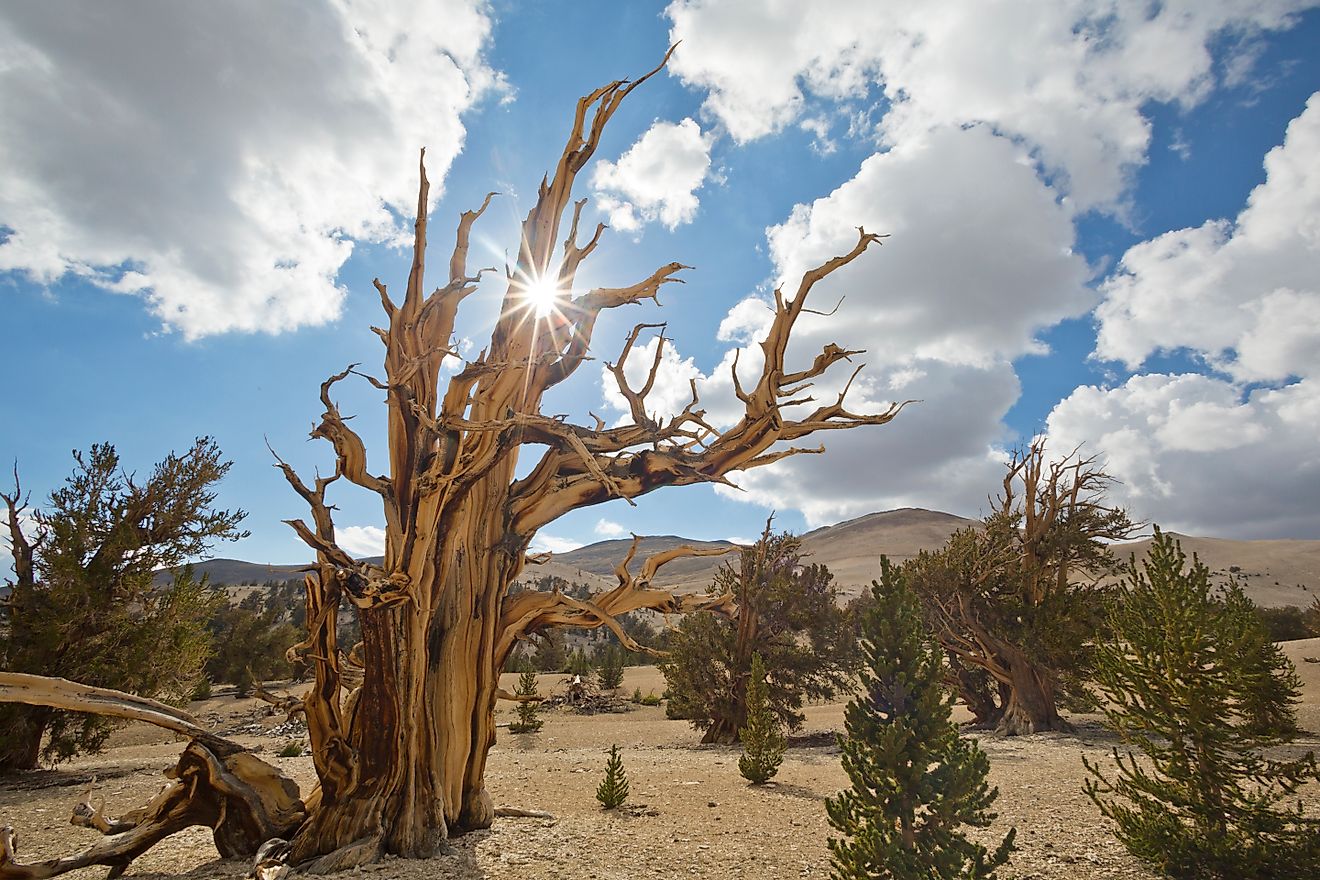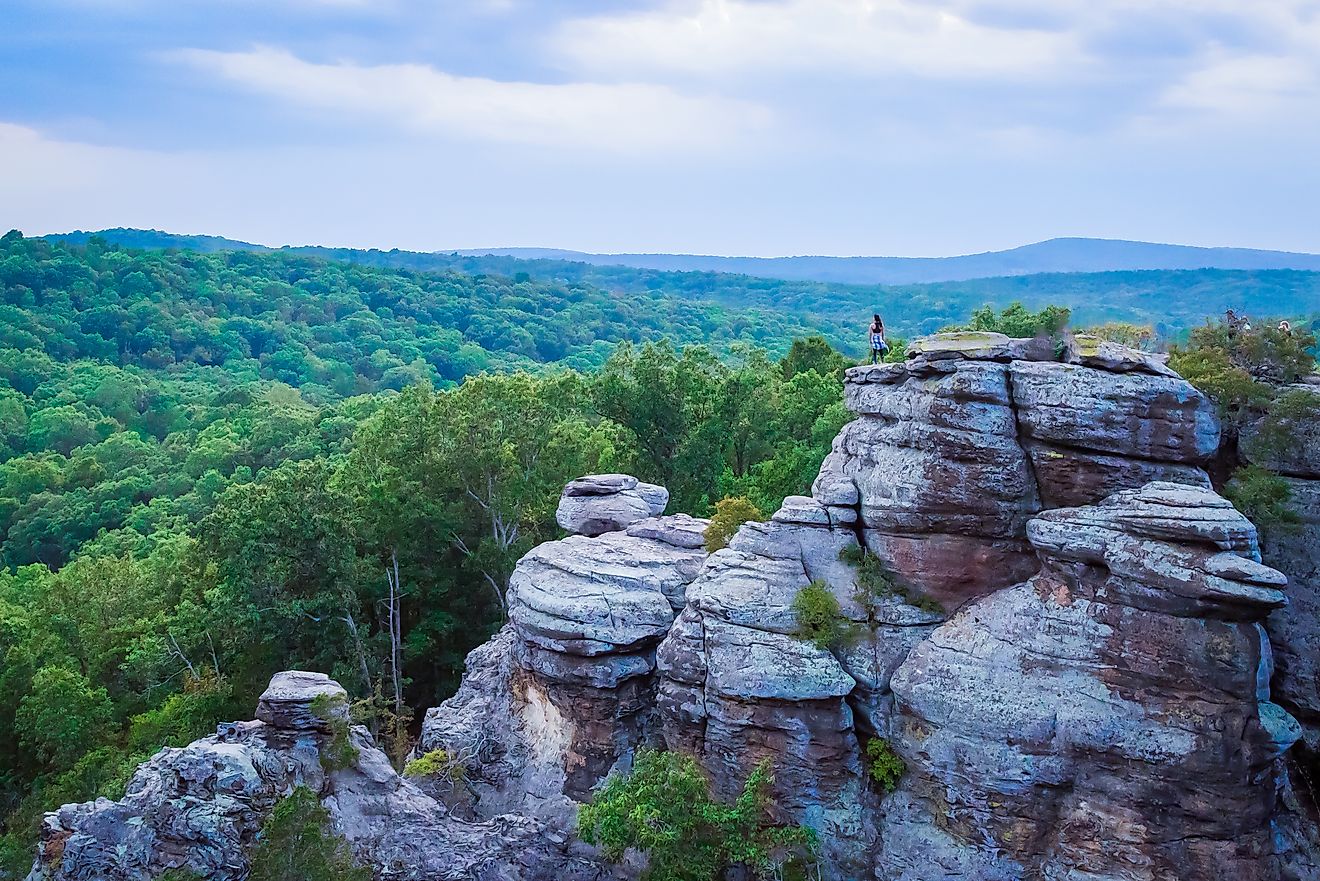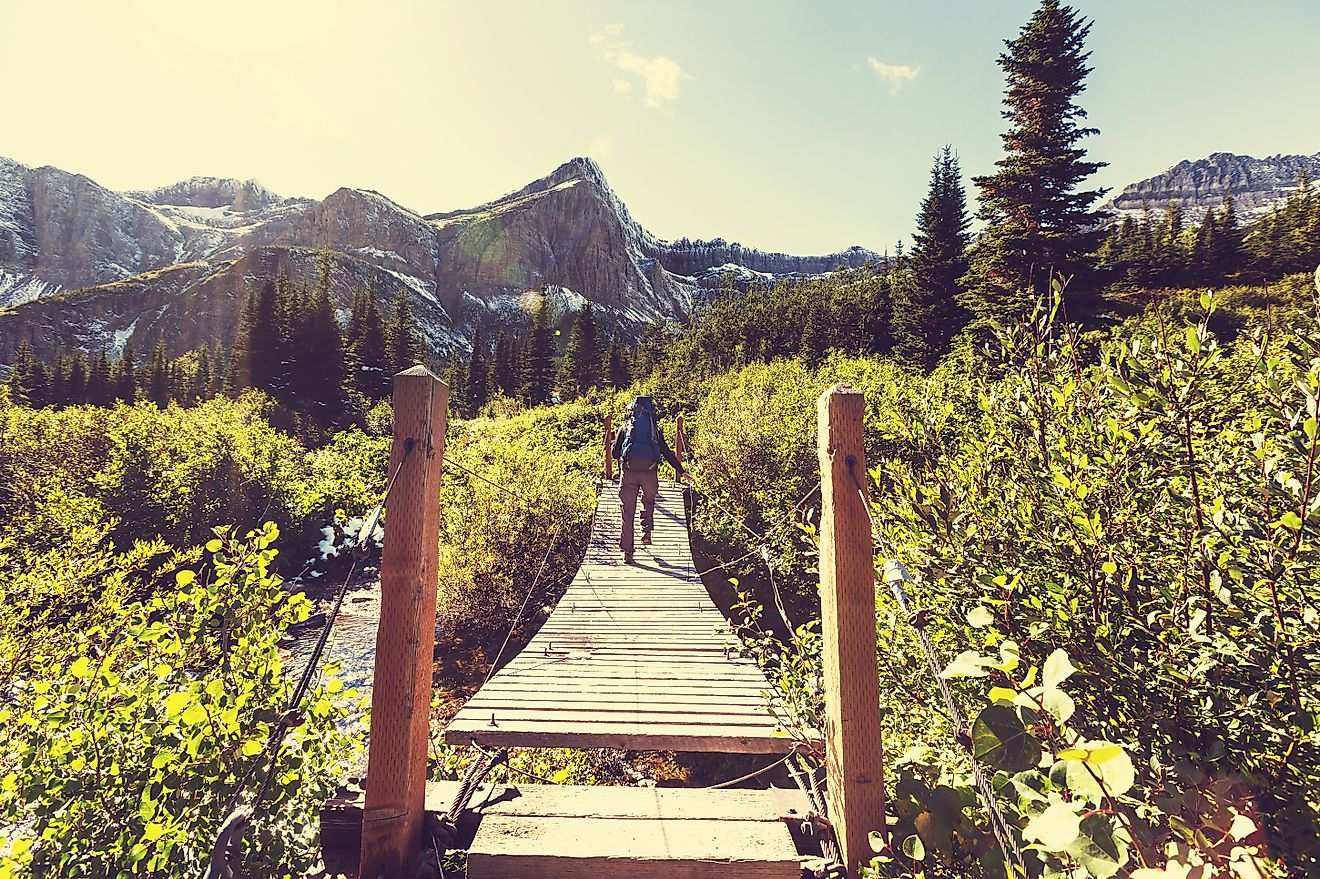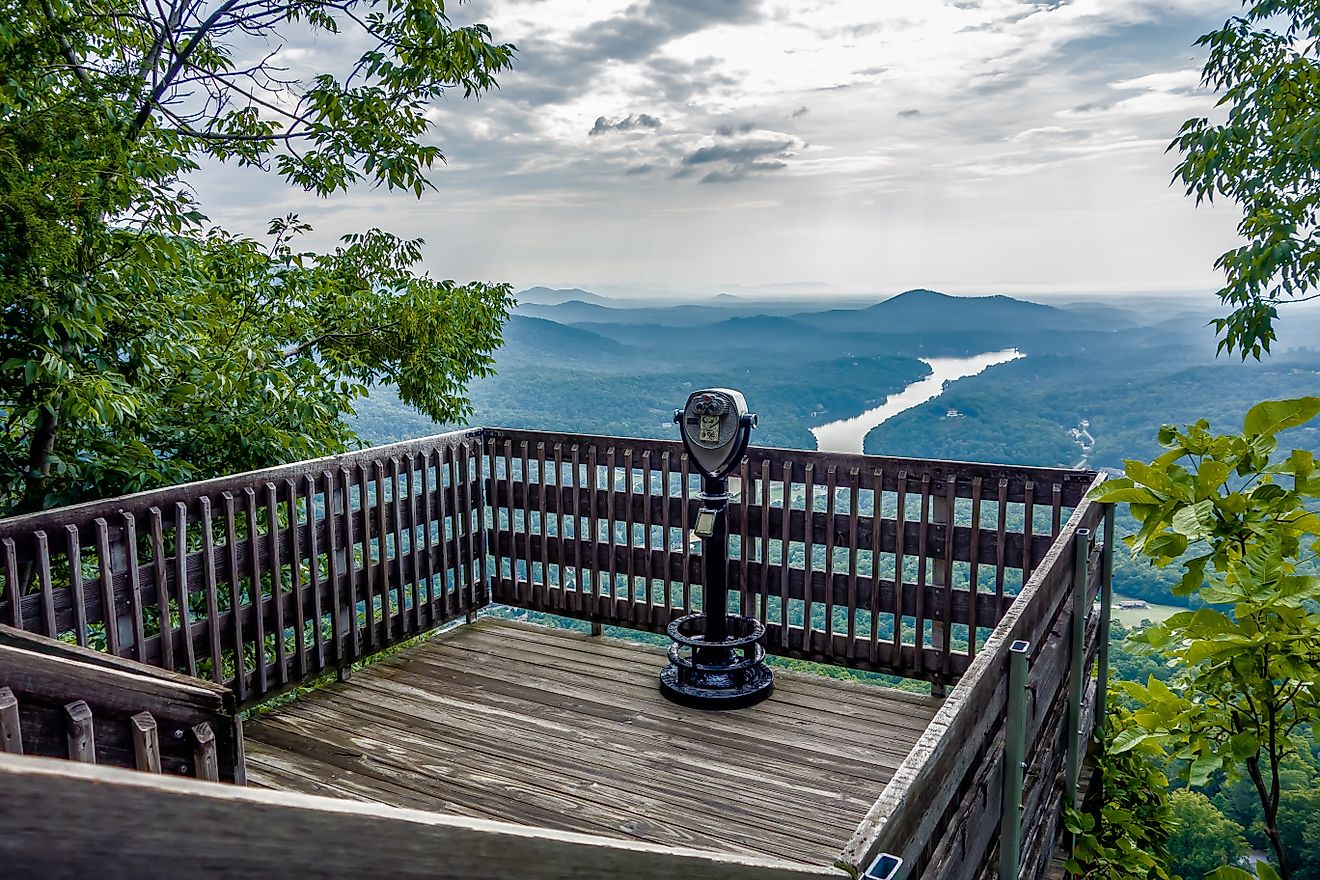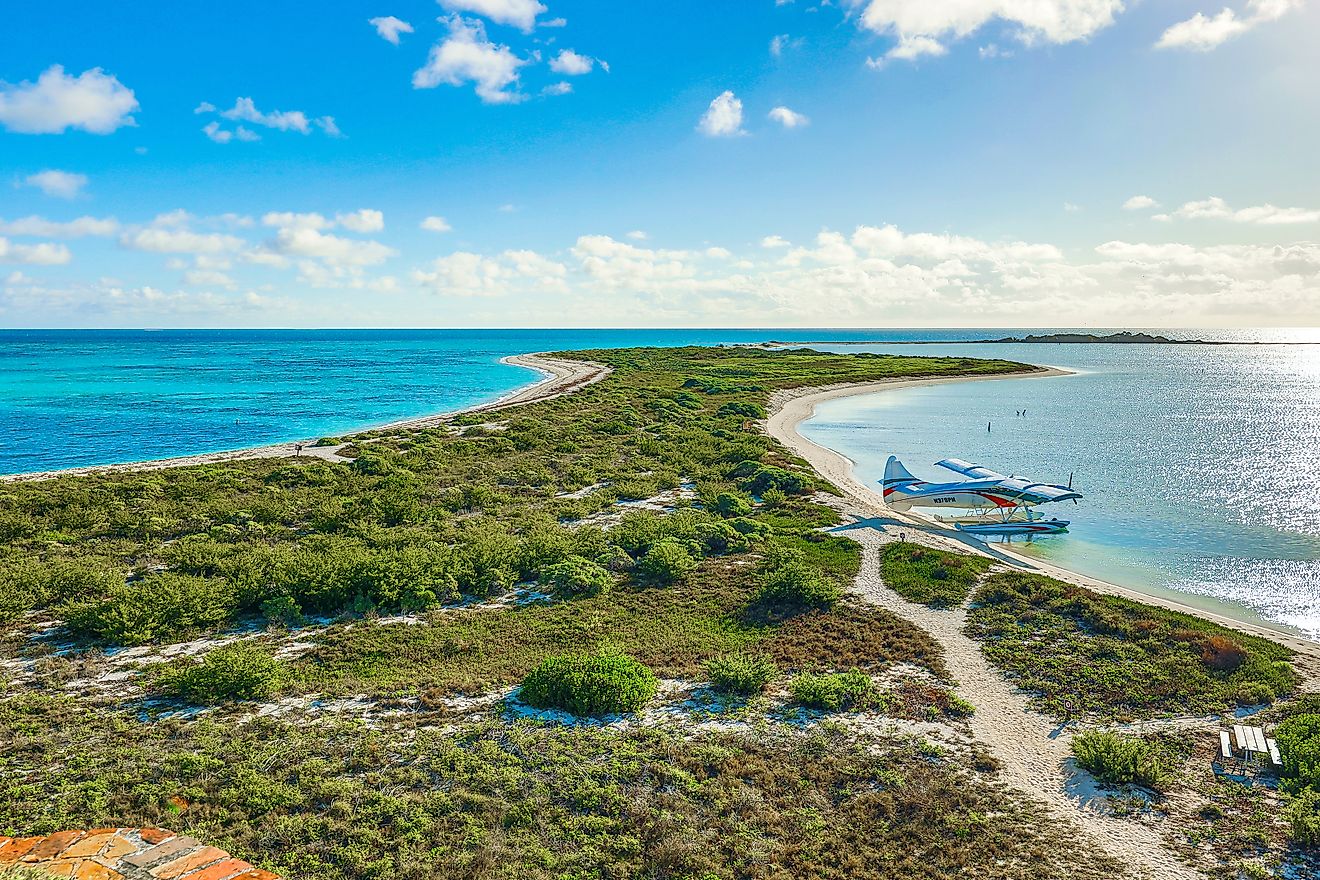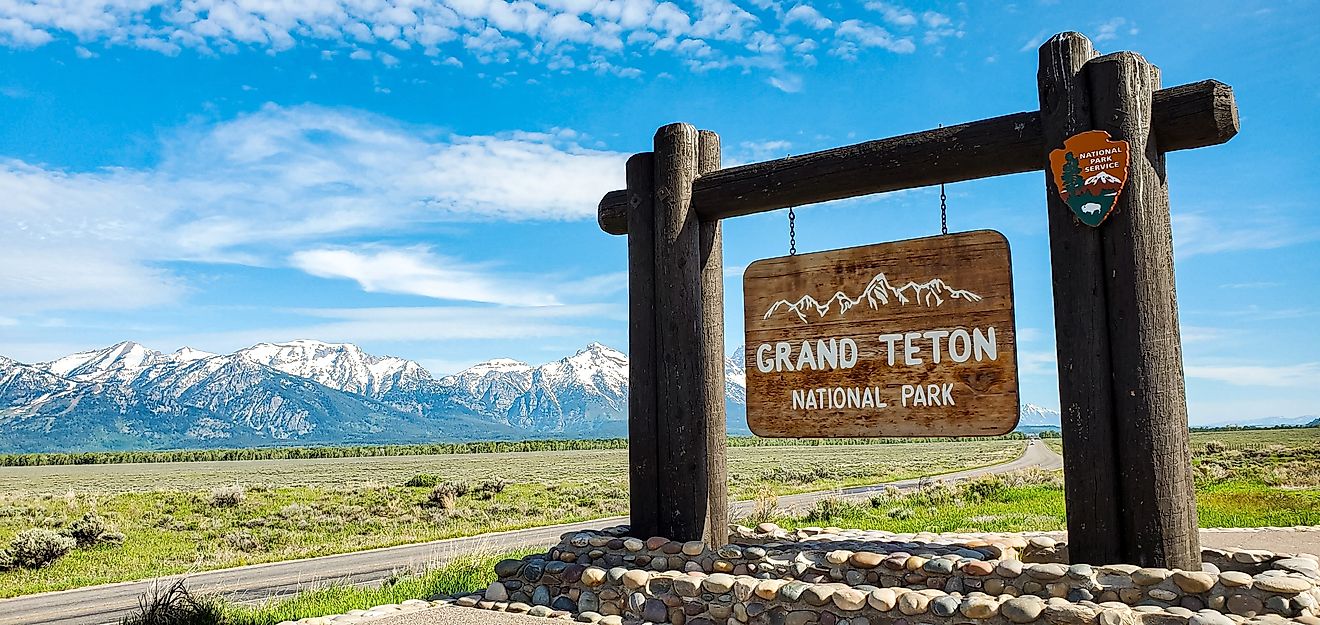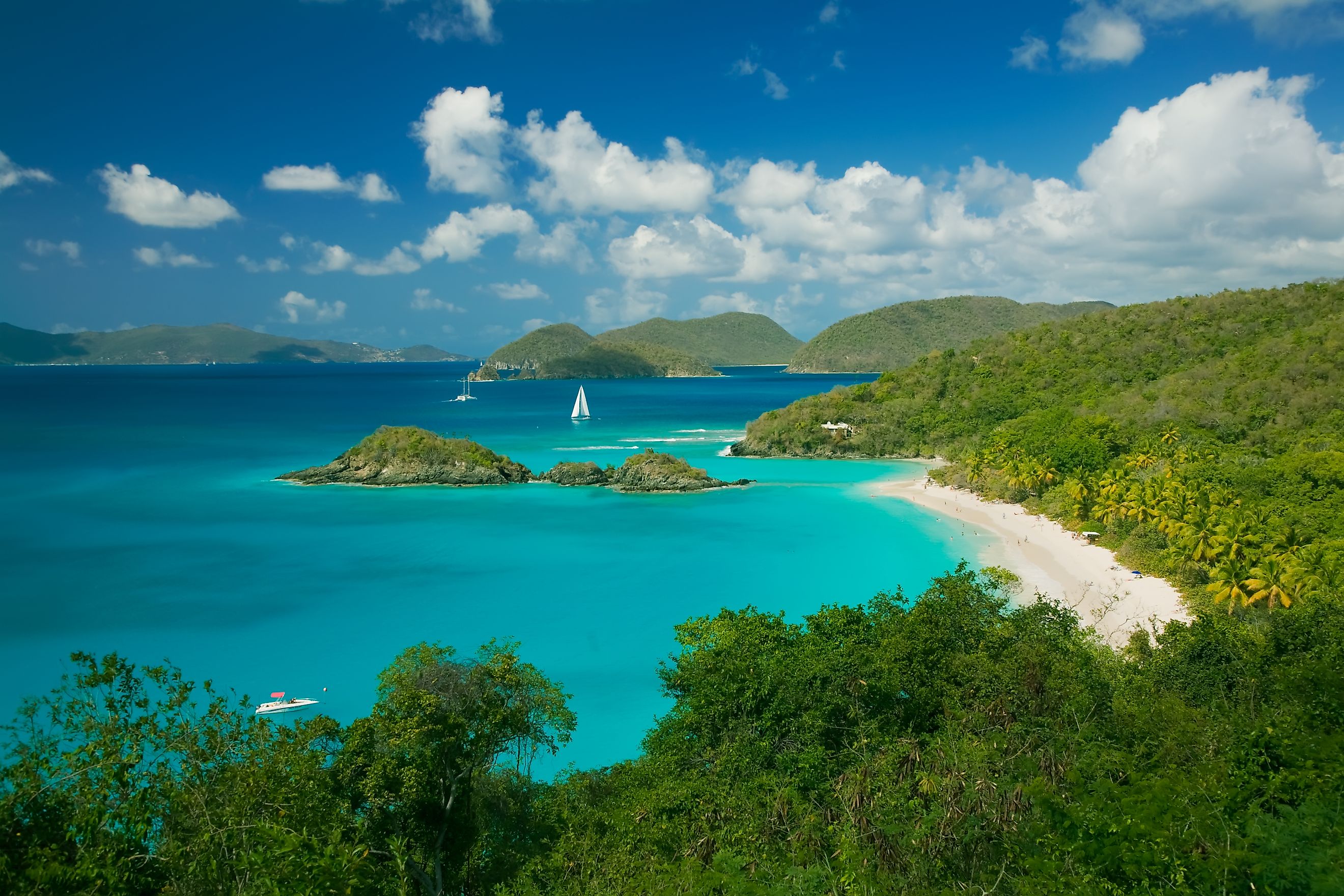
Virgin Islands National Park
The US Virgin Islands might be small in size, but they hold one of America's most breathtaking national parks. Covering about 60% of the island of St. John and over 5,500 acres of surrounding ocean, Virgin Islands National Park offers a rare blend of tropical wilderness, historic ruins, and coral reef ecosystems. With its crystal-clear waters, white-sand beaches, and rugged hiking trails, the park is a dream for nature lovers, beachgoers, and history buffs.
Established in 1956 after a major land donation from Laurance Rockefeller’s Jackson Hole Preserve, the park has since grown into a globally recognized treasure. It includes nearly all of Hassel Island off the coast of St. Thomas and plays a crucial role in preserving both Caribbean marine life and centuries-old cultural landmarks.
Getting There and Gateway Town: Cruz Bay
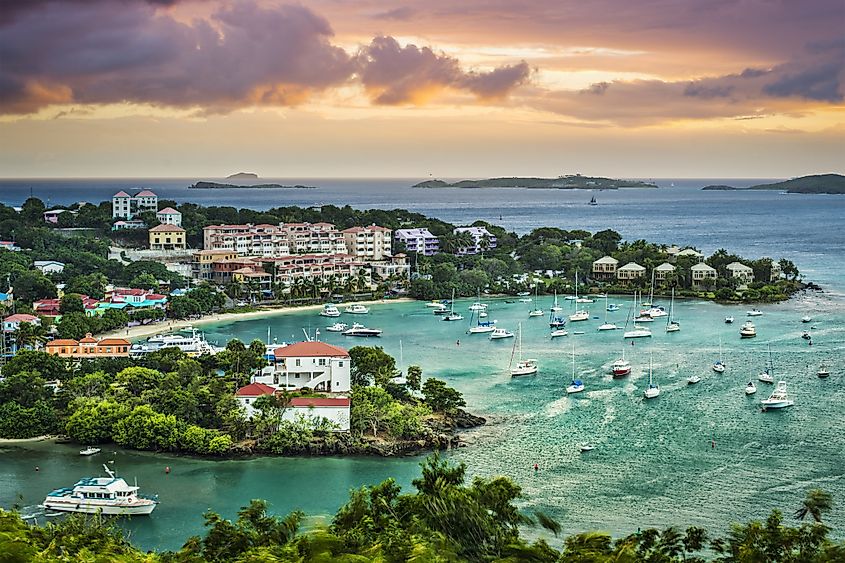
Cruz Bay is the primary entry point to Virgin Islands National Park. Located on the west coast of St. John, this small town is home to the park’s visitor center and offers restaurants, shops, and ferry services. Ferries run hourly from Red Hook, St. Thomas; three times daily from Charlotte Amalie, St. Thomas and West End, Tortola; twice daily from Jost Van Dyke; and twice weekly from Virgin Gorda.
History Etched in Ruins and Conservation
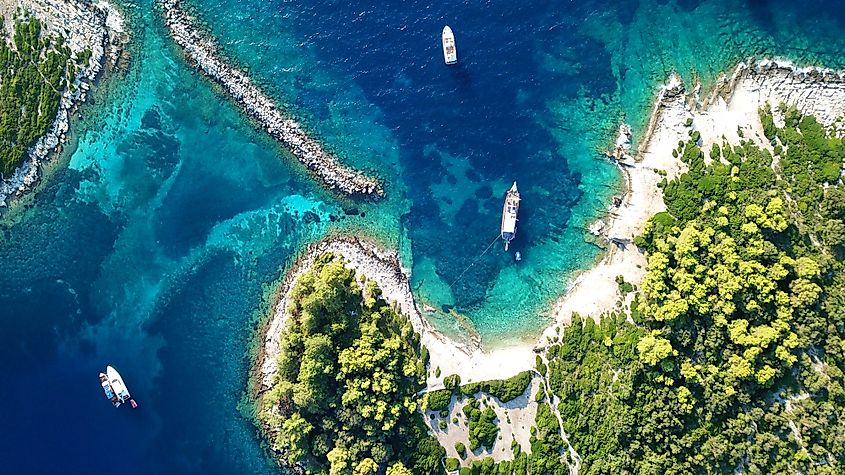
The foundation of Virgin Islands National Park lies in conservation. In 1956, Rockefeller’s Jackson Hole Preserve donated land with a stipulation that it remain protected from development. The park now includes around 75% of St. John’s area, although private inholdings mean about 60% of the land is federally managed.
The surrounding coral reefs and shoreline were later added to federal protection, including the creation of the Virgin Islands Coral Reef National Monument in 2001. Ongoing land additions, like the purchase of Maho Bay and Mamey’s Peak, further cement the park’s role as a model of tropical preservation.
Sun, Sand, and Snorkeling: The Park’s Pristine Beaches and Coral Reefs
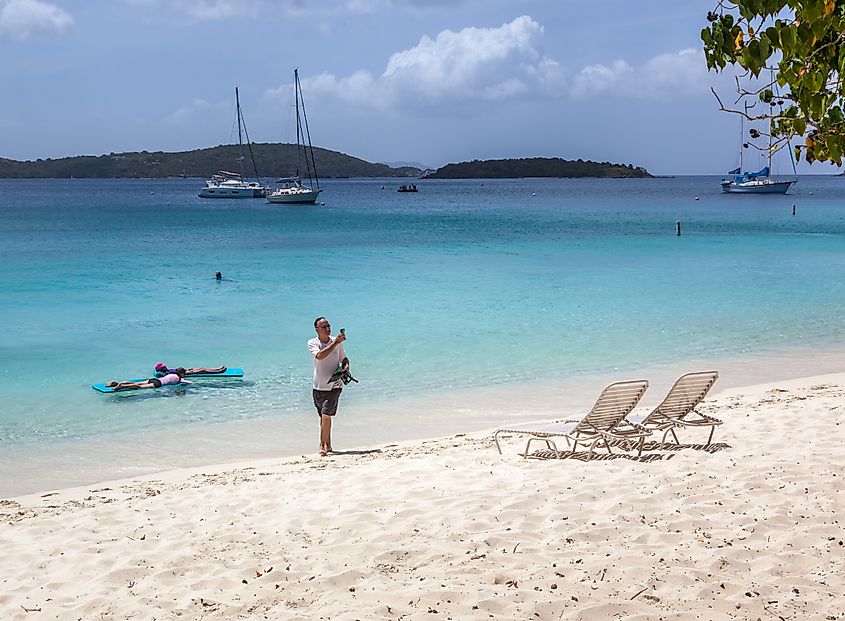
The park’s beaches consistently rank among the world’s most beautiful, known for their calm waters and vibrant marine ecosystems.
-
Trunk Bay: Features an underwater snorkeling trail and clear waters ideal for beginners and families.
-
Cinnamon Bay: A long, wide beach with a campground and water sports rentals, perfect for snorkeling and paddleboarding.
-
Honeymoon Beach: Soft white sand and shaded palms with kayak and snorkel rentals available.
-
Maho Bay: Known for its seagrass beds where visitors can spot sea turtles and stingrays.
-
Salt Pond Bay: A snorkeling hotspot with reefs, sea grass beds, and a deep coral reef accessible to experienced swimmers.
Overnight and day-use mooring balls are available to boaters near many of these beaches.
Take a Hike: Trails That Climb and Wind Through the Rainforest
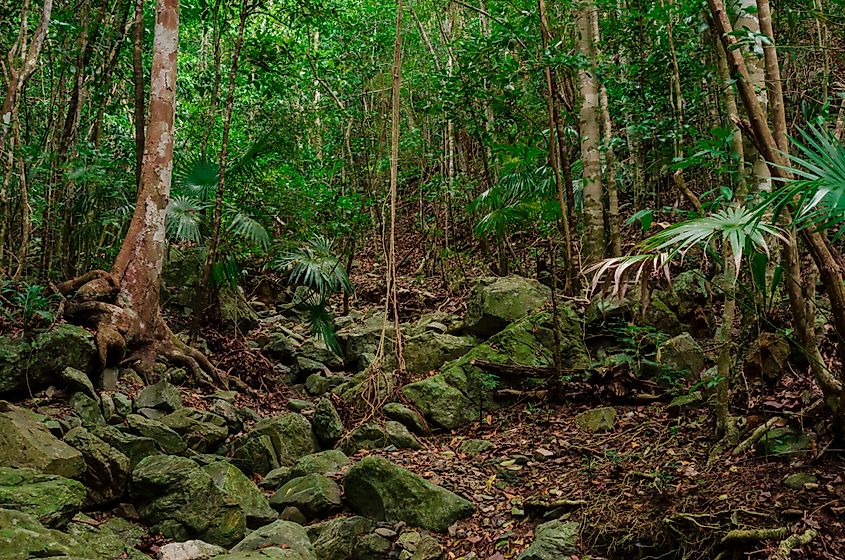
The park boasts over 20 hiking trails ranging from casual walks to strenuous climbs.
-
Reef Bay Trail: Winds through tropical forest past Taíno petroglyphs and sugar mill ruins. A ranger-led hike includes a return boat ride from Reef Bay.
-
Ram Head Trail: Follows a dry, rocky peninsula to the island’s southernmost point with sweeping ocean views.
-
Cinnamon Bay Nature Trail: A short loop through the ruins of a Danish sugar factory with interpretive signage.
-
Bordeaux Mountain Trail: Ascends to the island’s highest point at 1,277 feet.
-
Lind Point Trail: Begins at the visitor center in Cruz Bay and ends at Honeymoon Beach.
-
Caneel Hill Trail: Offers panoramic views of neighboring islands from a summit observation platform.
Preserving the Past: Sugar Mill Ruins and Ancient Carvings
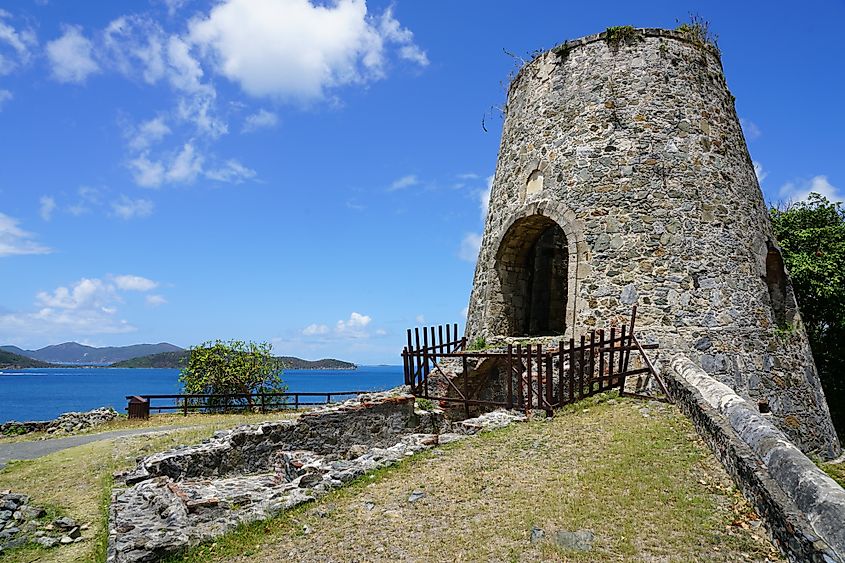
The park protects dozens of historic sites spanning the Taíno people, Danish colonial plantations, and 20th-century remnants.
-
Annaberg Historic District: A partially restored sugar mill with educational signage and live demonstrations of traditional Caribbean cooking.
-
Reef Bay Sugar Factory: Accessible via the Reef Bay Trail, this site showcases the sugar-making process with extensive ruins.
-
Catherineberg Sugar Mill: One of the most accessible and complete mill ruins on the island.
-
Taíno Petroglyphs: Carved into rock walls near a reflection pool, these ancient symbols reflect the island’s earliest inhabitants.
Life in the Tropics: Wildlife and Birdwatching
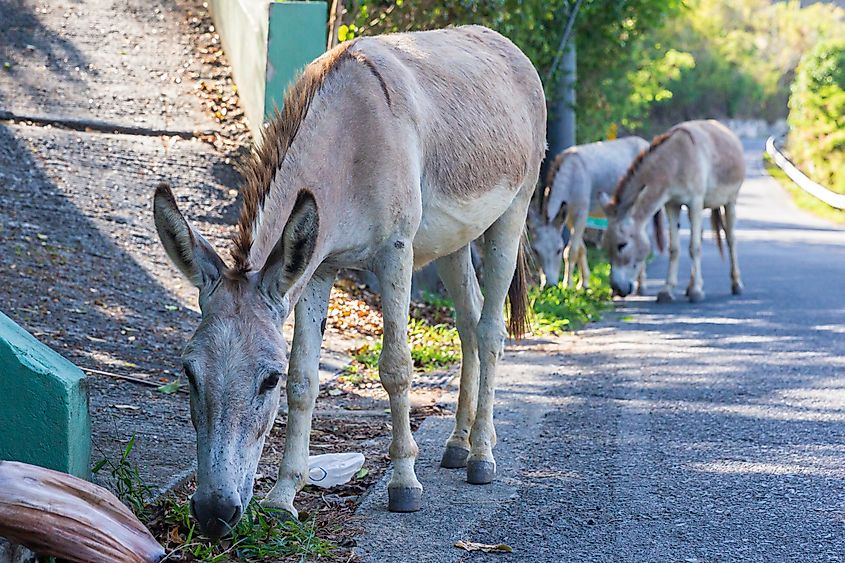
The park supports a wide variety of tropical wildlife. Iguanas, wild donkeys, deer, mongoose, frogs, skinks, and bats roam the forests, while coral reefs teem with marine life.
Birdwatchers will find the park especially rewarding. It has been designated an Important Bird Area by BirdLife International, supporting species like bridled quail-doves, Antillean crested hummingbirds, brown pelicans, and Puerto Rican flycatchers.
Climate and Best Time to Visit
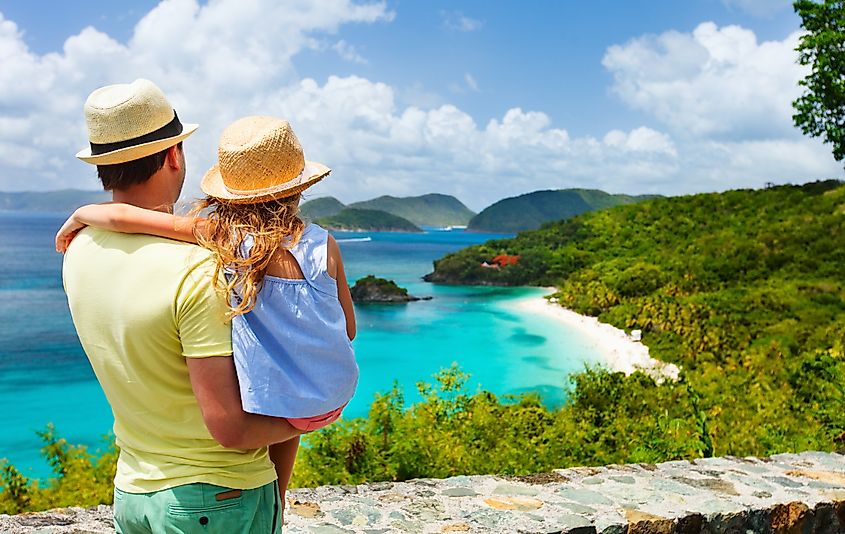
Virgin Islands National Park enjoys a tropical savanna climate. Average temperatures hover around 79°F year-round, and the area receives about 55 inches of rainfall annually. The drier months (December through April) are the most popular for tourism. Trade winds provide cooling breezes in winter months.
Hurricane season runs from June through November. Though tourism drops during this time, accommodations are typically discounted. The park is open year-round, and its beaches, trails, and historic sites are accessible in every season.
From Volcanoes to Coral: The Park’s Geology
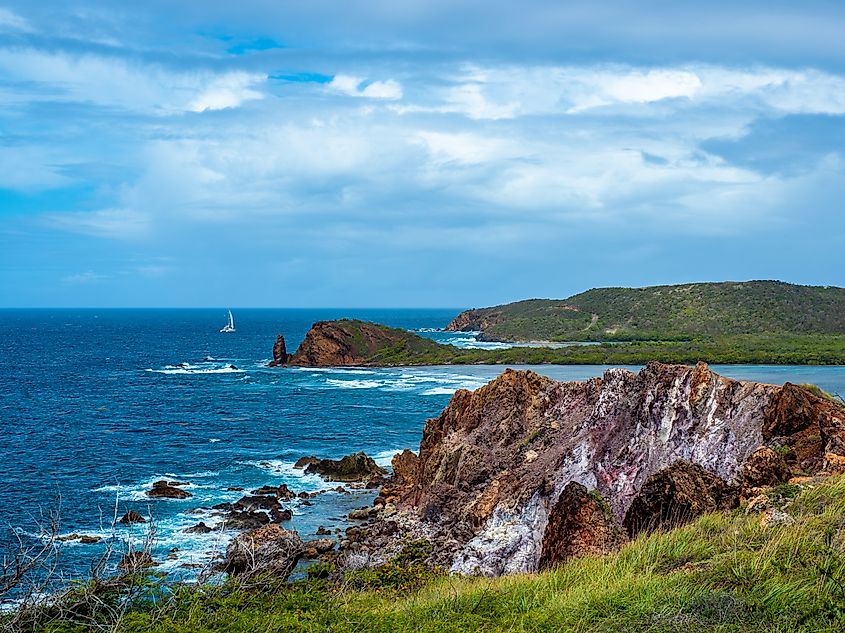
St. John’s geology reflects a long history of volcanic activity. The island was formed during the Cretaceous period with volcanic eruptions that created formations like keratophyres and pillow basalts. Over time, tectonic activity, erosion, and coral reef development helped shape the island's rugged coastline and underwater features.
Today, geologists and visitors can explore these volcanic origins by hiking rocky trails or snorkeling over submerged ridges and reefs.
A Living Example of Preservation
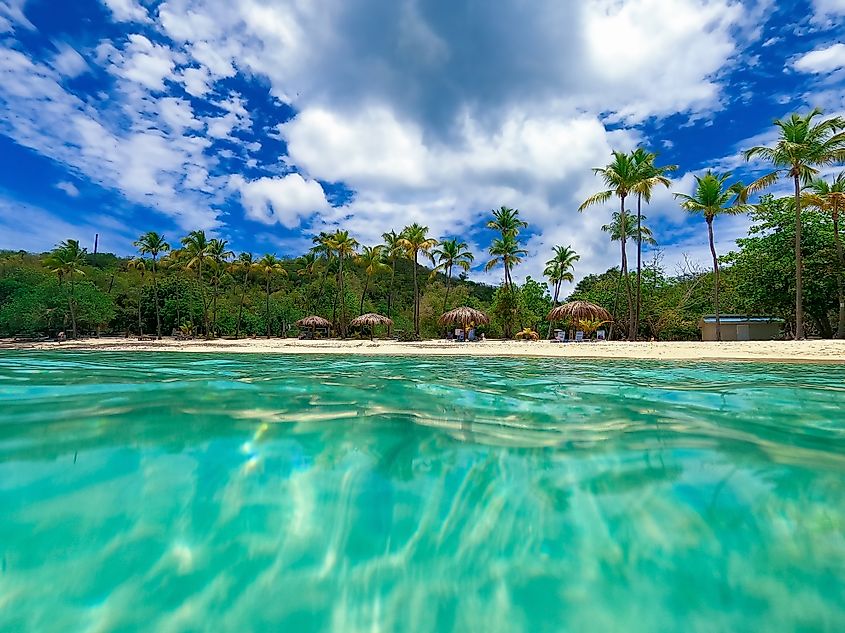
Virgin Islands National Park is more than a tropical escape. It is a symbol of how land and sea can be protected while remaining accessible to the public. Despite the devastation from Hurricanes Irma and Maria in 2017, the park has rebounded with its beaches, trails, and cultural sites restored and open to visitors.
Whether you are hiking through sugar mill ruins, snorkeling among coral reefs, or simply soaking in the Caribbean sun, the park offers an unforgettable window into the natural and cultural richness of the US Virgin Islands.
From ancient carvings to swaying palm trees, Virgin Islands National Park is where history and tropical beauty meet in a landscape unlike any other in the National Park System.
